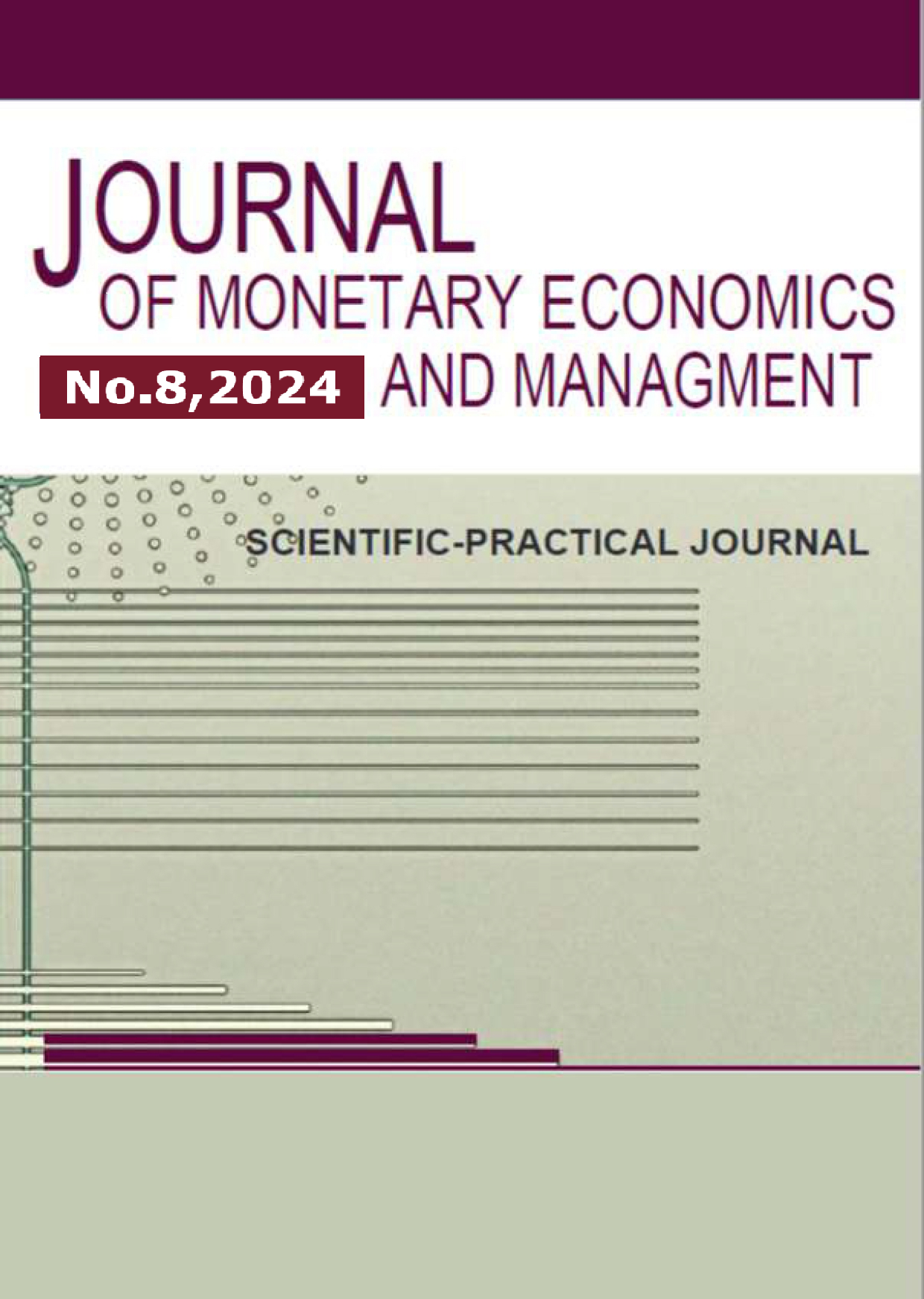graduate student
The article is devoted to the study of tokenization of settlements as one of the promising areas of digitalization of the financial sector. The principles of tokenization, the stages of its implementation, as well as the advantages and risks associated with the use of this technology are considered. The tokenization process minimizes data leakage, improves asset liquidity, reduces transaction costs, and simplifies access to investments. The article provides examples of successful tokenization applications in various countries, including the use of blockchain platforms and the development of central bank digital currencies. The need to create a regulatory framework and develop risk minimization strategies for effective integration of tokenization into the financial system is emphasized.
tokenization, financial technology (FinTech), blockchain, digital assets, regulatory environment, data security, liquidity, innovation
1. Markin E. A. Tendencii i perspektivy tokenizacii raschetov / E. A. Markin // Ekonomika stroitel'stva. – 2023. – № 9. – S. 123-124.
2. Tokenizirovannye beznalichnye den'gi na schetah v bankah. Informacionno-analiticheskiy doklad Moskva 2023 / [Elektron.resurs] // Bank Rossii. URL: review_token.pdf (data obrascheniya 19.11.2024 g.)
3. The regulated liability network digital sovereign currency / [Elektron.resurs] // URL: The-Regulated-Liability-Network-Whitepaper.pdf (data obrascheniya 14.11.2024 g.)
4. Issledovanie ekosistemy Ethereum / [Elektron.resurs] // Gate Learn. URL: Issledovanie ekosistemy Ethereum (data obrascheniya 12.12.20224 g.)
5. Uproschenie optovyh raschetov po cifrovym aktivam / [Elektron.resurs] // Federal Reserve Bank of New York. URL: Uproschenie optovyh raschetov po cifrovym aktivam - FEDERAL'NYY REZERVNYY BANK N'Yu-YORKA (data obrascheniya 16.11.2024 g.)
6. Golovan T. V. Integration of the softwage package «Portal Sea port» and the Electronic Declaration Center with blockchain technology (for example port of Novorossiysk) / T. V. Golovan, V. V. Tonkonog // Labour and Social Relations Journal. – 2020. – Vol. 31, No. 2. – P. 34-51.









